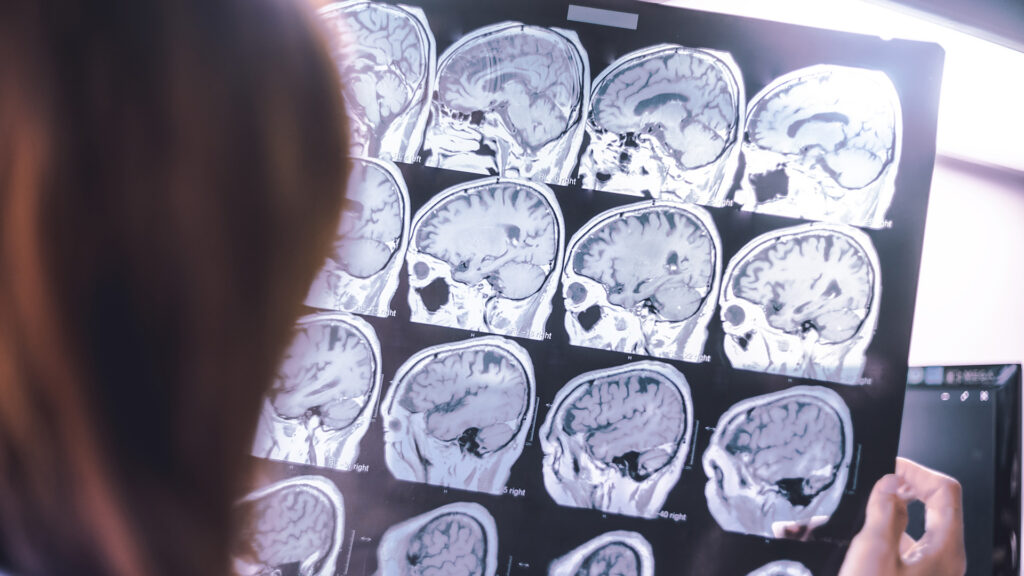
Hospice and palliative care are two different types of care that are often confused. Both provide pain and symptom relief for people with serious illness, but there are important differences. Learning more about the difference between hospice and palliative care will help you find the right care for your situation.
10 Ways Hospice and Palliative Care are the Same
It’s important to understand the difference between hospice and palliative care, but let’s start with the similarities. Both offer:
- Compassionate care for patients with serious illnesses
- Pain and symptom relief
- Greater independence and control
- Fewer unnecessary trips to the hospital
- Comfort and quality of life as the primary goals
- Physical, emotional and spiritual support
- Treatment teams made up of professionals with a variety of special skills
- Social and emotional support for family caregivers
- Education on health conditions and what to expect during care
- Care coordination with the patient’s current primary care doctor/healthcare team
8 Differences Between Hospice and Palliative Care
The most important things to understand about the palliative care vs. hospice definitions are:
1. Start Time
- Hospice care begins in the later stages of illness, when the person is expected to live about six months, and is also called end of life care.
- Palliative care can start at any stage of an illness. This includes when the person is diagnosed, when they’re receiving treatment to cure their illness or when they’re nearing the end of their life.
2. Goals of Care
- When a patient chooses hospice, the goals of care shift from curing illness to focusing on comfort and quality of life.
- When a patient chooses palliative care, quality of life and comfort is also key. However, patients can receive palliative care at the same time that they’re trying to cure their illness. Their goal is to recover and/or extend life while staying as comfortable as possible.
3. Payment
- Hospice costs are 100% covered by Medicare, Medicaid, the Veterans Administration and most private insurance plans for qualifying patients. Benefits cover the cost of hospice services and medications, as well as medical equipment and supplies related to the terminal illness. Medications and services that are unrelated to the terminal illness fall under the patient’s traditional Medicare, Medicaid or private insurance benefits.
- Palliative care costs are usually paid for by insurance or out of pocket by the patient. Some costs may be covered by Medicare, Medicaid or private insurance, depending on the patient’s plan.
4. Frequency
- Hospice care involves regular visits from a nurse, certified nurses’ aide and other hospice staff including chaplains, volunteers and more. These visits may happen multiple times per week, depending on the patient’s needs.
- Palliative care visits are also dependent on each patient’s needs as they change. In some cases, this can be weekly, monthly or even less frequently.
5. Eligibility
- To receive hospice under Medicare, patients have to meet eligibility requirements (prognosis of six months or less as determined by a doctor).
- Since Medicare only covers parts of palliative care, patients do not need to meet specific requirements to be eligible.
6. Length of Care
- Patients can receive hospice care for six months or longer if a doctor certifies that they continue to meet eligibility criteria.
- Palliative care is available starting upon diagnosis and continuing until the patient’s illness is cured or they transition to end-of-life care.
7. Location
- Hospice is provided wherever the patient calls home, whether that be a private residence, a nursing home, a hospital or other location. Patients do not have to travel to receive these services.
- Palliative care can also be provided at home or in a hospital or facility. In some cases, palliative care is offered through special outpatient clinics, where patients may travel to visit with palliative care providers.
8. Support
- Hospice services include some in-home care, such as nursing care, a certified nurse’s assistant who can help with activities of daily living and other support.
- Palliative care may include nursing visits but focuses heavily on advanced care planning and care coordination, helping patients to work with resources available to them to receive additional support in the home.
Although there are many differences between hospice and palliative care, both types of care can make a difficult time easier for patients and their families. If you or a loved-one are struggling with a serious illness, ask your health care provider which is the best option for you, palliative vs. hospice.








